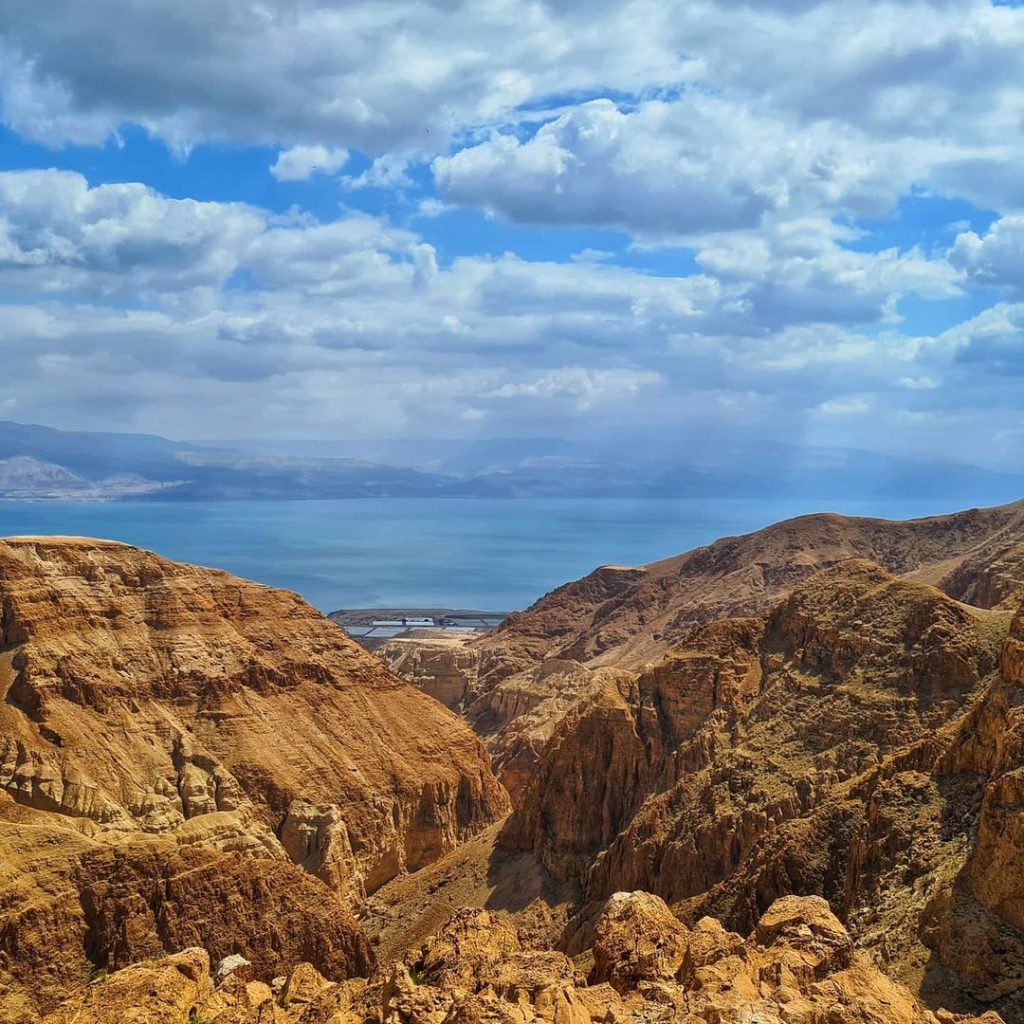The Wadi Murabba’at Nature Reserve, also known as the Nahal Darga Nature Reserve due to the gorge’s name being “Nahal Darga,” is a sharp ravine that runs through the Judean Desert. It runs east of Bethlehem; past the Herodium; and all the way down to the Dead Sea just 18km south of Khirbet Qumran. Within the Wadi Murabba’at Nature Reserve is a cave that stood witness to one of the last stands of the Second Jewish Revolt against Rome from 132-135 CE. Led by Simeon Bar Kosiba (known as Bar Kochba); the guerilla fighters made their last stand in this area, hoping that the unfavorable landscape would slow the opposing forces. This was where the ancient military scrolls; some even with Bar Kochba’s signature, were found! You, too, can explore the fascinating history of the area by visiting the Wadi Murrbba’at Nature Reserve.

Wadi Murabba’at Nature Reserve
When the Ta’amireh Bedouin tribe initially discovered the cave at Qumran, exploring the area for more scrolls was essential. In 1951, the discovery of the caves nestled in the vertical rock face at Wadi Murabba’at Nature Reserve led to the confirmation of more texts! Due to this, four caves were examined. What was found were the remains of temporary habitation during the Chalcolithic period; the Bronze Age; the Iron Age, and the Roman period. The Romans, in particular, left much behind, to the delight of archaeologists and historians. Weapons, coins; spindle whorls, and pottery were found in spades! Can you imagine what it would have been like to have lived, worked, and created such pieces of history back then? To them, it was just another fact of life, but the details left behind to allow us to see a glimpse of their lives!
When you visit the Wadi Murabba’at Nature Reserve, you can embrace the landscape’s stunning beauty by taking a hike along the ravine. The best walk takes you from the road beyond Metzukei Dragot all the way to the Kibbutz Mitzpe Shalem. During the trek, you must take the detour to the Muraba’st Caves; the location of the Second Jewish Revolt against Rome! Please note that this is a 12-kilometer hike; is considered quite challenging, and takes up to 7-8 hours to complete. This hike is for walkers only; mountain bikes and four-wheel drive vehicles are not permitted. We recommend hiring a driver or taking a private tour so that you can get dropped off and picked up with ease, as leaving your car unattended is not advised.

